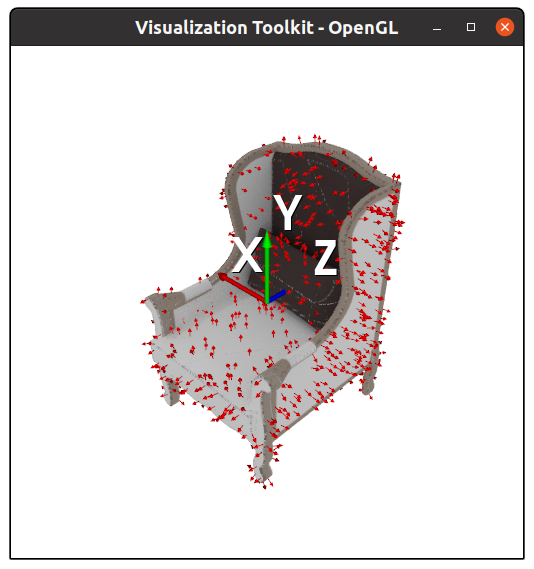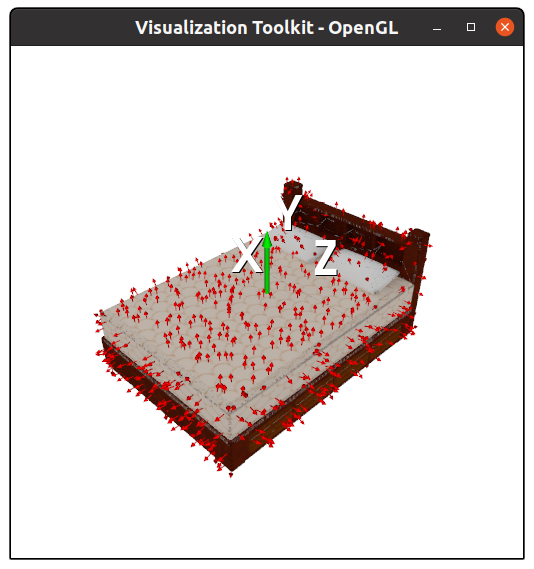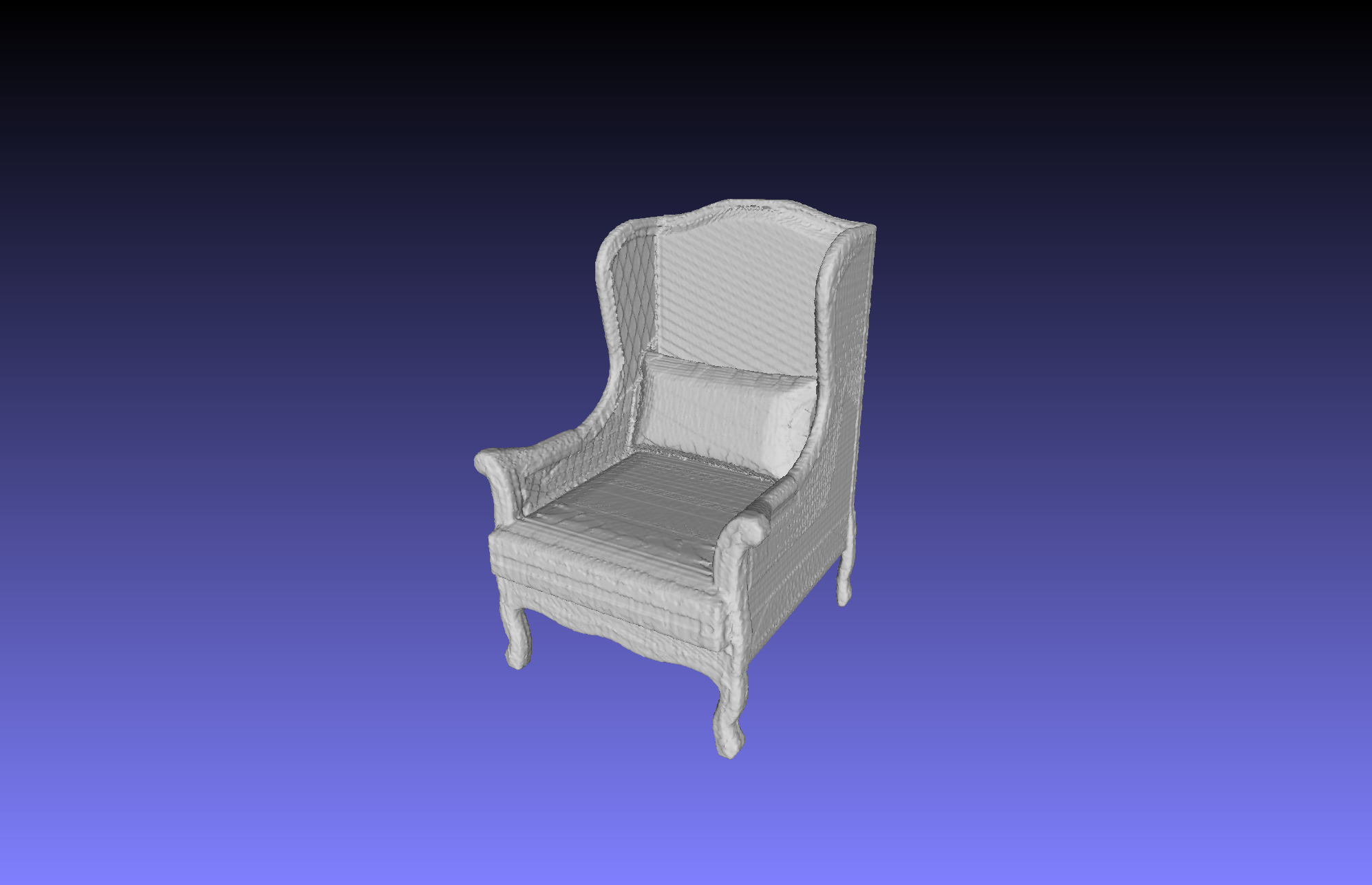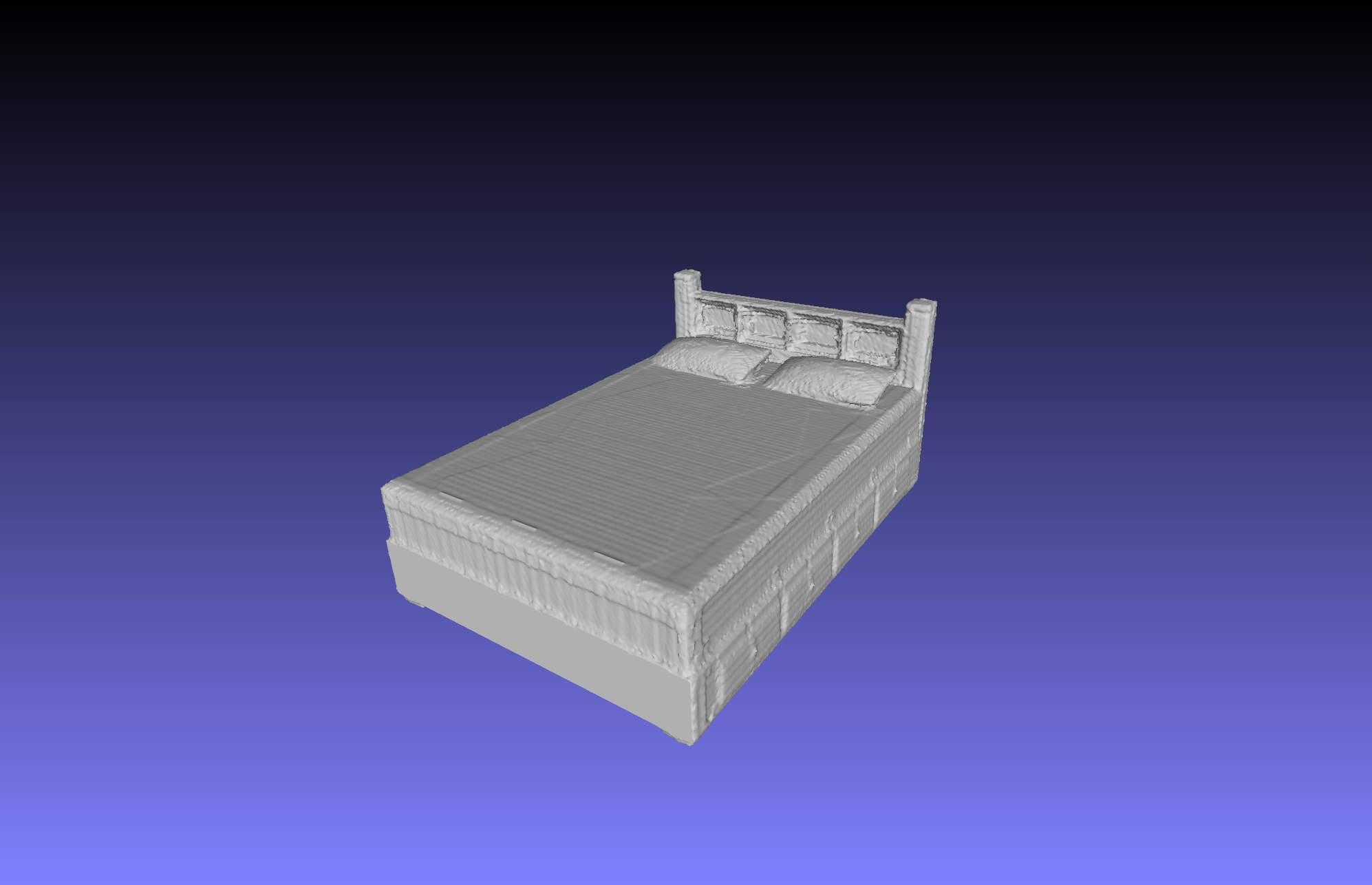This library includes the tools for rendering multi-view color and depth images of ShapeNet models. Physically based rendering (PBR) is featured based on blender2.79.
- Color image (20 views)
- Depth image (20 views)
- Point cloud and normals (Back-projected from color & depth images)
- Watertight meshes (fused from depth maps)
- We recommend to install this repository with conda.
conda env create -f environment.yml conda activate renderer - Install Pyfusion by
Afterwards, compile the Cython code in
cd ./external/pyfusion mkdir build cd ./build cmake .. make./external/pyfusionbycd ./external/pyfusion python setup.py build_ext --inplace - Download & Extract blender2.79b, and specify the path of your blender executable file at
./setting.pybyg_blender_excutable_path = '../../blender-2.79b-linux-glibc219-x86_64/blender'
-
Normalize ShapeNet models to a unit cube by
python normalize_shape.pyThe ShapeNetCore.v2 dataset is put in
./datasets/ShapeNetCore.v2. Here we only present some samples in this repository. -
Generate multiple camera viewpoints for rendering by
python create_viewpoints.pyThe camera extrinsic parameters will be saved at
./view_points.txt, or you can customize it in this script. -
Run renderer to render color and depth images by
python run_render.pyThe rendered images are saved in
./datasets/ShapeNetRenderings. The camera intrinsic and extrinsic parameters are saved in./datasets/camera_settings. You can change the rendering configurations at./settings.py, e.g. image sizes and resolution. -
The back-projected point cloud and corresponding normals can be visualized by
python visualization/draw_pc_from_depth.py -
Watertight meshes can be obtained by
python depth_fusion.pyThe reconstructed meshes are saved in
./datasets/ShapeNetCore.v2_watertight
This library is used for data preprocessing in our work SK-PCN. If you find it helpful, please consider citing
@inproceedings{NEURIPS2020_ba036d22,
author = {Nie, Yinyu and Lin, Yiqun and Han, Xiaoguang and Guo, Shihui and Chang, Jian and Cui, Shuguang and Zhang, Jian.J},
booktitle = {Advances in Neural Information Processing Systems},
editor = {H. Larochelle and M. Ranzato and R. Hadsell and M. F. Balcan and H. Lin},
pages = {16119--16130},
publisher = {Curran Associates, Inc.},
title = {Skeleton-bridged Point Completion: From Global Inference to Local Adjustment},
url = {https://proceedings.neurips.cc/paper/2020/file/ba036d228858d76fb89189853a5503bd-Paper.pdf},
volume = {33},
year = {2020}
}
This repository is relased under the MIT License.



